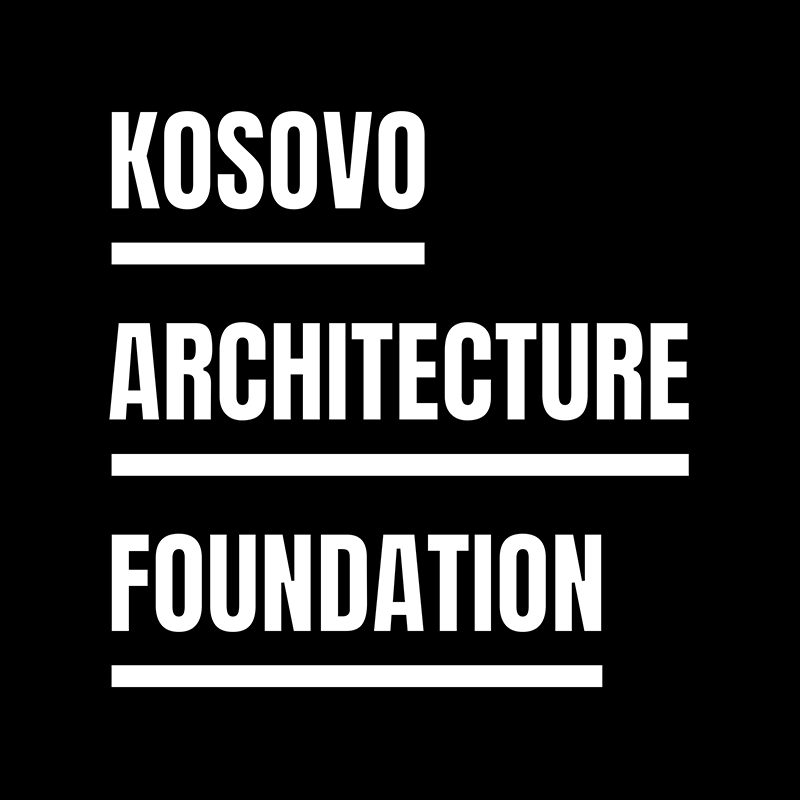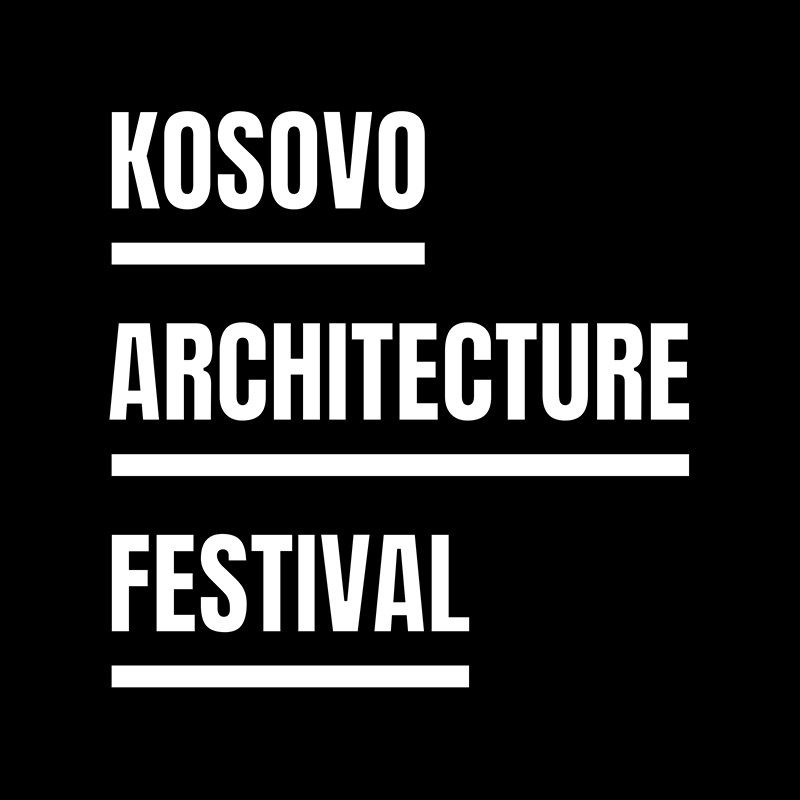
AGA KHAN AWARD FOR ARCHITECTURE ANNOUNCES 2022 SHORTLIST

20 projects in 16 countries, from Indonesia to Cape Verde
Geneva, Switzerland, 2 June 2022 – The Aga Khan Award for Architecture (AKAA) today announced 20 shortlisted projects for the 2022 Award cycle. The projects will compete for a share of the US$ 1 million prize, one of the largest in architecture.
The 20 shortlisted projects were selected by an independent Master Jury from a pool of 463 projects nominated for the 15th Award Cycle (2020-2022).
The Aga Khan Award for Architecture was established by His Highness the Aga Khan in 1977 to identify and encourage building concepts that successfully address the needs and aspirations of communities in which Muslims have a significant presence. Since it was launched 45 years ago, 121 projects have received the award and nearly 10,000 building projects have been documented. The AKAA’s selection process emphasises architecture that not only provides for people’s physical, social and economic needs, but that also stimulates and responds to their cultural aspirations.
Photographic representations of the 20 shortlisted entries will go on display in an exhibition in King’s Cross, London from 2 June to 30 June, as part of the King’s Cross Outdoor Art Project, coinciding with the London Architecture Festival.
Bahrain
- Rehabilitation of Manama Post Office, Manama, Bahrain, by Studio Anne Holtrop: Built in 1937, the Post Office was rehabilitated to its original form and role as a functioning post office, and added a new wing to the existing building.
Bangladesh
- Community Spaces in Rohingya Refugee Response, Teknaf, Bangladesh, by Rizvi Hassan, Khwaja Fatmi, Saad Ben Mostafa: Sustainably built structures in the world’s largest refugee camps, which occurred collaboratively in the field without drawings or models.
- Urban River Spaces, Jhenaidah, Bangladesh, by Co.Creation.Architects / Khondaker Hasibul Kabir, Suhailey Farzana: A community-driven project providing public spaces in a riverine city with 250,000 residents, offering walkways, gardens and cultural facilities, as well as environmental efforts to increase biodiversity along the river.
Cape Verde
- Outros Bairros Rehabilitation Programme, Mindelo, Cape Verde, by OUTROS BAIRROS / Nuno Flores: An urban rehabilitation and redesign of a public space allowed residents to execute works in their own neighbourhoods and enhance their sense of belonging.
India
- Lilavati Lalbhai Library at CEPT University, in Ahmedabad, India, by RMA architects / Rahul Mehrotra: The library, a living case study of passive climate mitigation strategies, integrates seamlessly into the existing campus while forging its own distinct identity.
Indonesia
- Blimbingsari Airport, Banyuwangi, Indonesia, by andramatin: Serving more than 1,100 domestic passengers per day, the airport’s roofs indicate a clear division between departure and arrival halls.
- Expandable House, Batam, Indonesia, by ETH Zurich / Stephen Cairns with Miya Irawati, Azwan Aziz, Dioguna Putra and Sumiadi Rahman: This new sustainable dwelling prototype is designed to be flexibly configured around its residents’ (often) precarious resources over time.

Iran
- Aban House, Isfahan, Iran, by USE Studio / Mohammad Arab, Mina Moeineddini: On a narrow rectangular site in Isfahan’s historic centre, the three-storey house is arranged around three open courtyards.
- Argo Contemporary Art Museum & Cultural Centre, Tehran, Iran, by ASA North / Ahmadreza Schricker: Distinct materials differentiate new additions from the brick-built historic fabric in this contemporary art museum housed in an abandoned 100-year-old brewery.
- Jadgal Elementary School, Seyyed Bar, Iran, by DAAZ Office / Arash Aliabadi: An elementary school, managed by villagers and teachers and funded by tourism and needlework from local women, is a sustainable development centre for surrounding areas.
Lebanon
- Renovation of Niemeyer Guest House, Tripoli, Lebanon, by East Architecture Studio: Designed by Oscar Niemeyer but abandoned when civil war erupted in 1975, the guest house has been transformed into a design platform and production facility for the local wood industry.
Kuwait
- Wafra Wind Tower, Kuwait City, Kuwait, by AGi Architects: The 13-storey building conceived as a wind tower features a central, vertical courtyard that provides natural ventilation to each apartment unit.

Morocco
- Issy Valley Improvement, Ait Mansour, Morocco, by Salima Naji: While improving the palm orchards and water reservoirs, trails and facilities for tourists were also upgraded in the first phase of a larger project for the valley.
Niger
- Niamey 2000, Niamey, Niger, by united4design / Yasaman Esmaili, Elizabeth Golden, Mariam Kamara, Philip Straeter: As a response to a housing shortage amid rapid urban expansion, this prototype housing of six family units seeks to increase density while remaining culturally appropriate.
Palestine
- Tulkarm Courthouse, Tulkarm, Palestine, by AAU Anastas: Featuring two buildings, one for administration and the other containing 10 courtrooms, the Courthouse is anchored to its urban context by a public space.

Senegal
- CEM Kamanar Secondary School, Thionck Essyl, Senegal, by Dawoffice / David Garcia, Aina Tugores: For this secondary school, volunteers, using local techniques, produced vault modules from clay which (with lattices) act as evaporating coolers.
Sri Lanka
- Lanka Learning Centre, Parangiyamadu, Sri Lanka, by feat.collective / Noemi Thiele, Felix Lupatsch, Valentin Ott and Felix Yaparsidi: A multifunctional cultural centre and adult school where locals learn craftsmanship creates a multi-ethnic meeting point.
Tunisia
- Le Jardin d’Afrique, Zarzis, Tunisia, by Rachid Koraïchi: An ecumenical cemetery provides a sanctuary and dignified place of final repose for the hundreds of unburied bodies that had been washing ashore.
Turkey
- Rehabilitation of Tarsus Old Ginnery, Tarsus, Turkey, by Sayka Construction Architecture Engineering Consultancy: Adaptive reuse of an abandoned 19th century ginnery allows the operation of a contemporary centre for archaeological research and public engagement.
United Arab Emirates
- Flying Saucer Rehabilitation, Sharjah, United Arab Emirates, by SpaceContinuum Design Studio / Mona El Mousfy: The Flying Saucer, a 1978 Brutalist-style building that was fully restored as a community art space, contributes to Sharjah’s collective cultural memory.

The shortlisted projects have undergone rigorous reviews, at the site of each project, by independent experts, including architects, conservation specialists, planners and structural engineers. The Master Jury meets again this summer to examine the on-site reviews and determine the final recipients of the Award.
The nine members of the independent Master Jury who selected the 20 shortlisted projects are: Nada Al Hassan, an architect specialising in the conservation of architectural and urban heritage; Amale Andraos,Professor at the Columbia University Graduate School of Architecture, Planning and Preservation; Kader Attia, an artist who explores the wide-ranging effects of western cultural hegemony and colonialism; Kazi Khaleed Ashraf, director-general of Bengal Institute for Architecture, Landscapes and Settlements, in Dhaka, Bangladesh; Sibel Bozdoğan, a Visiting Professor of Modern Architecture and Urbanism at the Department of the History of Art and Architecture, Boston University; Lina Ghotmeh, a French-Lebanese architect who leads a practice where every project learns from a vernacular past to build a new “déjà-là”; Francis Kéré, an AKAA laureate and internationally renowned Burkinabè architect who received the Award in 2004 for his first project, an elementary school in Gando, Burkina Faso; Anne Lacaton, founder of Lacaton & Vassal in Bordeaux in 1989, who focuses on the generosity of space and economy of means;Nader Tehrani, founding principal of NADAAA, a practice dedicated to design innovation, collaboration and a dialogue with the construction industry. For more information, please see the biographies of the Master Jury.
The Aga Khan Award for Architecture is governed by a Steering Committee chaired by His Highness the Aga Khan. The other members of the Steering Committee are Sheikha Mai Bint Mohammed Al Khalifa,President, Bahrain Authority for Culture and Antiquities, Manama; Emre Arolat, Founder, EAA – Emre Arolat Architecture, Istanbul; Meisa Batayneh, Principal Architect, Founder, maisam architects and engineers, Amman; Sir David Chipperfield, Principal, David Chipperfield Architects, London; Souleymane Bachir Diagne, Director, Institute of African Studies, Columbia University, New York; Nasser Rabbat, Aga Khan Professor, Massachusetts Institute of Technology, Cambridge; Marina Tabassum, Principal, Marina Tabassum Architects, Dhaka; and Sarah M. Whiting, Dean, Graduate School of Design, Harvard University, Cambridge. Farrokh Derakhshani is the Director of the Award.
For the full AKAA press announcement & links to all the project go to the Aga Khan Award for Architecture Link.

